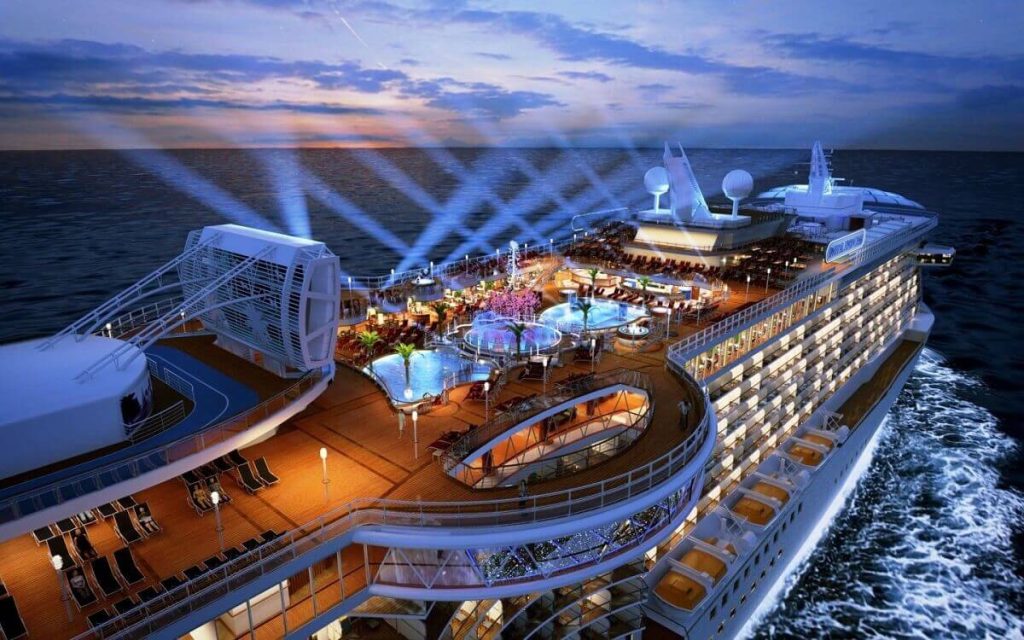From Rio's samba spectacle to Venice's masked elegance, explore 10 unique festivals that showcase human creativity, cultural diversity, and the universal spirit of celebration. Uncover…


Jūrmala, a city in Latvia, is located around 25 kilometers west of Riga and has a population of about 52,000 inhabitants. This delightful tourist town extends 32 kilometers along the coastline, situated between the scenic Gulf of Riga and the winding Lielupe River. Jūrmala is renowned for its remarkable 33-kilometer stretch of immaculate white-sand beach, rendering it a favored locale for both residents and visitors. Jūrmala, the fifth-largest city in Latvia, occupies a prominent position in the nation’s urban framework and tourist sector.
The term “Jūrmala” originates from the Latvian word for “seaside,” aptly reflecting the character of this coastal treasure. The city’s distinctive environment, characterized by its elongated, narrow form along the shoreline, fosters a seamless integration of natural beauty with urban growth. This unique configuration has significantly influenced Jūrmala’s character as a leading resort destination, providing guests with a smooth transition between vibrant urban life and serene coastal ambiance.
Jūrmala’s extensive history is intricately linked to its status as a desirable vacation locale. During the Soviet period, the city became notably significant as a preferred haven for senior Communist Party leaders. Prominent individuals like Leonid Brezhnev and Nikita Khrushchev were known to visit Jūrmala, attracted by its unspoiled beaches, health spa amenities, and tranquil atmosphere. The era of Soviet sponsorship significantly influenced the city’s infrastructure and culture, resulting in several amenities and hotels designed for the wealthy guests of that period.
Although several Soviet-era structures, including beach homes and concrete hotels, have deteriorated over time, Jūrmala has successfully retained a significant portion of its allure and attractiveness. The city has effectively evolved into the post-Soviet period, rebranding itself as a contemporary tourist attraction while preserving its historical heritage. Visitors to Jūrmala nowadays may encounter a distinctive amalgamation of historical and modern elements, featuring vestiges of its Soviet past with current attractions and facilities.
A compelling feature of Jūrmala is its architectural history, which narrates the city’s historical development throughout time. The existence of wooden homes from the 19th and early 20th centuries exemplifies Jūrmala’s cultural heritage. These structures, many of which are exquisitely maintained, exhibit a broad array of architectural styles shaped by many cultural traditions. Baltic German and Latvian architects predominantly shaped the city’s architectural environment, however the influence of Russian, Finnish, and other European styles is also apparent throughout Jūrmala.
The architectural styles of Jūrmala include a diverse range, from classical grandeur to the whimsical allure of national romanticism and the streamlined aesthetics of modernity. This diverse combination produces a visually striking urban landscape that enthralls both visitors and architecture aficionados. Jūrmala has instituted preservation measures for its ancient structures, acknowledging the significance of maintaining this unique legacy. A formal enumeration of 414 edifices is under particular protection, guaranteeing that these architectural treasures will persist in adorning the city’s streets for future generations.
Besides these protected sites, Jūrmala features an extensive array of more than 4,000 wooden edifices, each enhancing the city’s unique identity. The structures, from charming cottages to opulent summer mansions, illustrate Jūrmala’s transformation from a humble fishing hamlet to an elegant resort town. The conservation of these wooden edifices not only preserves the city’s historical authenticity but also offers tourists a concrete connection to Latvia’s cultural heritage.
The Dubulti Station exemplifies modernist design among Jūrmala’s architectural attractions. This remarkable edifice, with a sculptural concrete exterior, signifies a daring shift from conventional architectural styles. The station exhibits Jūrmala’s commitment to modern design while respecting its historical heritage.
No discourse on Jūrmala would be comprehensive without acknowledging its paramount feature: the beach. This extensive beachfront spans 33 kilometers and is adorned with beautiful, white quartz sand that glistens in the sunlight. The beach’s gradual incline and shallow waves render it an optimal locale for families with children, ensuring a secure and pleasurable setting for swimming and aquatic pursuits. Accessibility has been a paramount factor in the beach’s development, with specifically built descents that provide easy access to the seashore for persons with prams or wheelchairs.
The beach in Jūrmala serves as a center for activity and pleasure, beyond only being a location for sunbathing and swimming. Visitors may discover a variety of amenities aimed at improving their beach experience, including children’s playgrounds, comfy seats for relaxing, and sporting facilities including football fields and volleyball courts. These attributes convert the beach into a multifaceted area that accommodates diverse interests and age demographics.
The nature of Jūrmala’s beach differs along its expanse, with each segment presenting a distinct ambiance and array of attractions. The famous Blue Flag designation in Majori and Bulduri signifies the adherence to elevated environmental and safety requirements in these locales. Visitors can engage in aquatic sports like renting water bicycles or relax in delightful beach cafés. The beaches of Dubulti and Dzintari provide exhilarating tournaments in beach football and volleyball, enhancing the seaside experience for those pursuing more athletic endeavors.
Pumpuri Beach, renowned for its superior wind conditions, has emerged as a sanctuary for water sports aficionados. Kite surfing and windsurfing have established an ideal location here, with the beach serving as the excellent launch site for these thrilling pursuits. The variety of activities along Jūrmala’s coastline guarantees options for anyone, ranging from serene leisure to exhilarating excursions.
Currency
Founded
Calling code
Population
Area
Official language
Elevation
Time zone
Latvia, located in the Baltic area of Northern Europe, has a population of around 1.9 million individuals. Located on the eastern shore of the Baltic Sea, Latvia holds a key location in Northern Europe, acting as a…
Riga, the capital and largest city of Latvia, serves as a significant urban hub in the Baltic region. Located at the mouth of the Daugava River where it meets the Gulf of Riga, this energetic city boasts 605,273 residents, roughly one-third of…
From Rio's samba spectacle to Venice's masked elegance, explore 10 unique festivals that showcase human creativity, cultural diversity, and the universal spirit of celebration. Uncover…

Millions of visitors come to Spain annually because of its vibrant culture, fascinating past, and amazing scenery. Still, the real spirit of Spain is found…

The 7 Wonders of the 21st Century feature amazing successes redefining human creativity and engineering capability. From the calm Temple of Buddha's Origin in Leshan,…

Discover the vibrant nightlife scenes of Europe's most fascinating cities and travel to remember-able destinations! From the vibrant beauty of London to the thrilling energy…

Boat travel—especially on a cruise—offers a distinctive and all-inclusive vacation. Still, there are benefits and drawbacks to take into account, much as with any kind…

© All Rights Reserved. By Travel S Helper